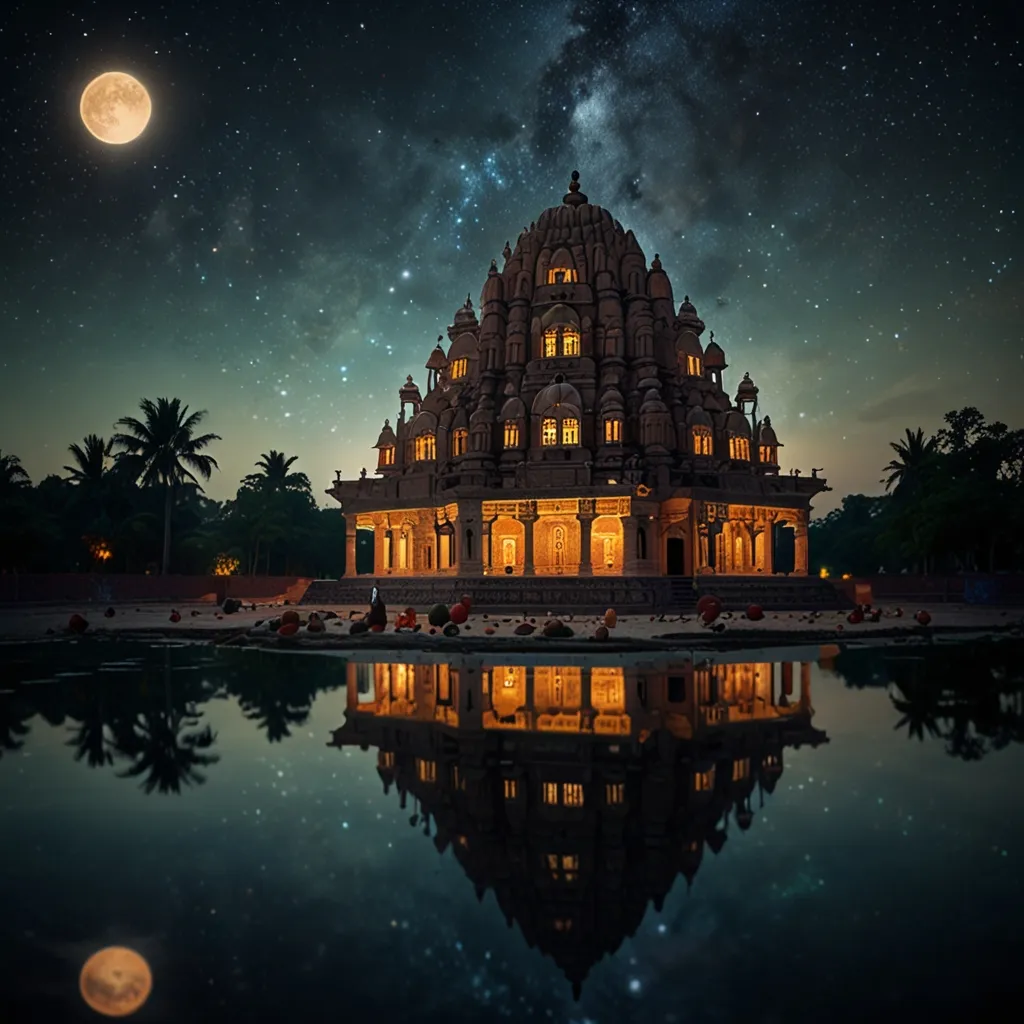Hinduism, a multifaceted and ancient tradition, includes the Yajur Veda—a cornerstone text that guides ritualistic practices. It’s one of the four main Vedas and is pivotal for conducting sacrificial rituals, known as Yajnas. These ceremonies lie at the heart of Hindu religious practices, making Yajur Veda a must-know for anyone delving into Vedic traditions.
The Spirit of Yajur Veda
Yajur Veda, or the “Knowledge of Sacrificial Rites,” is all about the nitty-gritty of conducting rituals. The term “Yajur” means “sacrificial formula,” and “Veda” means “knowledge.” This text is unique because it blends prose and verse, making it not just a spiritual guide but also a practical one for performing ceremonies.
Dive into the Structure
The Yajur Veda splits into two main parts: the Shukla (White) Yajur Veda and the Krishna (Black) Yajur Veda. The Shukla Yajur Veda, or Vajasaneyi Samhita, is organized clearly, offering mantras with separate explanations—perfect for priests needing precise guidelines. It’s divided into two recensions, the Madhyandina and Kanva. On the other hand, the Krishna Yajur Veda, also known as the Taittiriya Samhita, weaves mantras with commentary, making it more of a narrative with rituals and notes intertwined. This version includes various recensions like the Kathaka, Maitrayani, and Kapisthala Katha Samhitas.
Core Rituals and Offerings
Puja rituals are at the heart of Yajur Veda. These rituals, called Yajnas, involve a sacred fire, or Agni, which acts as the divine messenger. Mantras are recited, and offerings like ghee, milk, grains, cakes, and soma are made into the fire. It’s not just about the physical act but also the spiritual connection these offerings create with the divine.
Elaborate Preparations
Preparing for a Yajna is no casual affair. The ritual altar, or Vedi, is set up in a specific geometric pattern and is placed within a mandapa or mandala. Wood, seeds, and other materials are meticulously arranged to facilitate the fire. The priests each have specific roles, much like actors in a play, reciting mantras and performing their duities with precision.
Priests and Their Roles
In a Yajna, multiple priests are essential. The Adhvaryu priest, drawing from the Yajur Veda, handles the physical aspects of the sacrifice, assigning tasks to others. The Hotri priest chants from the Rig Veda, the Udgata priest sings from the Sama Veda, and the Brahman priest oversees the entire ritual, ensuring everything is done correctly.
Symbolic Offerings
During rituals, food and water offerings symbolize various blessings sought from deities. Grains, for example, are offered for prosperity and good harvests—they represent aspects of Brahman, the universal consciousness. Mantras recited during these offerings aim to invoke divine forces, seeking blessings for health, prosperity, and spiritual enlightenment.
Philosophical Layers
But Yajur Veda isn’t just about rituals. It dives into deep philosophical waters with texts like the Isha Upanishad. This segment explores themes of spiritual knowledge, the nature of the self, and the ultimate reality, Brahman. These philosophical insights have significantly influenced Hindu thought and continue to shape various schools of Indian philosophy.
Modern Connections
Even today, Yajur Veda remains relevant. Scholars and spiritual practitioners study its texts for deeper insights into ancient rituals and their significance. Its teachings still resonate, guiding individuals on their spiritual journeys.
Cultural Impact
Yajur Veda’s influence extends to cultural practices, arts, and literature in India. The detailed rituals and ceremonies it describes have been preserved and adapted over millennia, maintaining their relevance in contemporary worship and cultural events.
Everyday Practices
In daily Hindu life, Yajur Veda’s principles are evident. Take the Agnihotra ritual, for example—many households perform this ritual offering oblations to the sacred fire, believed to purify the environment and bring spiritual benefits. The Darsha-purnamasa ritual, observed during the new and full moon, is another way its teachings are embedded in daily practices.
Community Bonding
Yajnas aren’t just private affairs—they’re communal events that foster social cohesion. Often performed during special occasions like weddings, births, and festivals, these rituals bring people together, strengthening community bonds and preserving cultural heritage.
Symbolism
The offerings in Yajnas carry deep symbolic meanings. Milk, fruits, and flowers represent life’s cycle and the interconnectedness of all beings. The ritual fire, Agni, symbolizes purification and transformation, essential for spiritual growth and enlightenment.
Geometric Precision
Setting up the ritual altar requires geometric precision, reflecting the ancient Indians’ understanding of mathematics. The use of shapes in the altar construction, described in the Shulba Sutras, is a testament to their advanced knowledge.
A Dramatic Display
The Yajna is often described as a dramatic performance. Priests take turns performing their roles, creating an engaging portrayal of spiritual themes. This adds a layer of interaction, making the rituals not just a formality but a meaningful, participatory experience.
Legacy Lives On
The Yajur Veda’s legacy continues to thrive today. Its rituals and teachings remain an integral part of Hindu worship, inspiring both spiritual seekers and scholars. Despite the passage of centuries, its timeless wisdom offers guidance that transcends generational gaps.
Yajur Veda, with its detailed interpretations and instructions for sacrificial rituals, remains a key pillar in Hinduism. It provides not just a spiritual framework but also an intellectual and cultural heritage that has shaped and continues to influence Hindu practices and traditions. Its teachings, rituals, and philosophical insights are a treasure trove for anyone on a spiritual quest, making it an evergreen guide for devotees and scholars alike.






